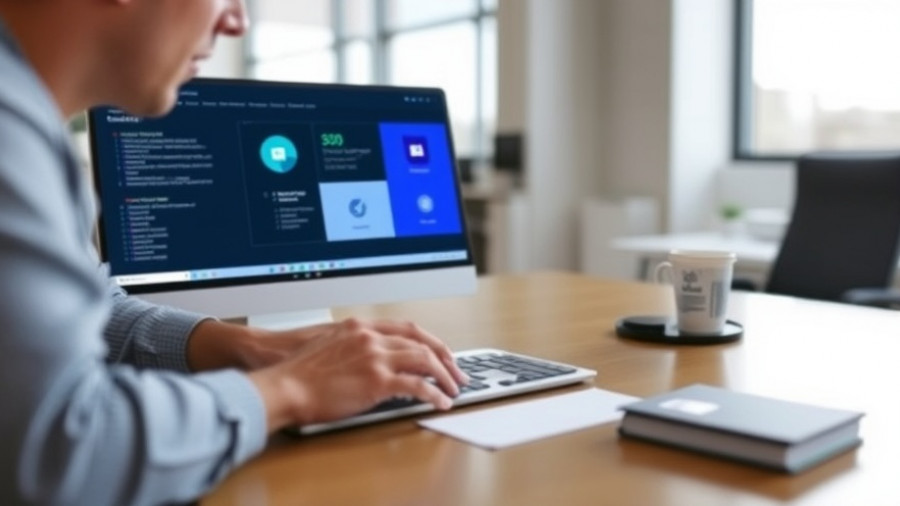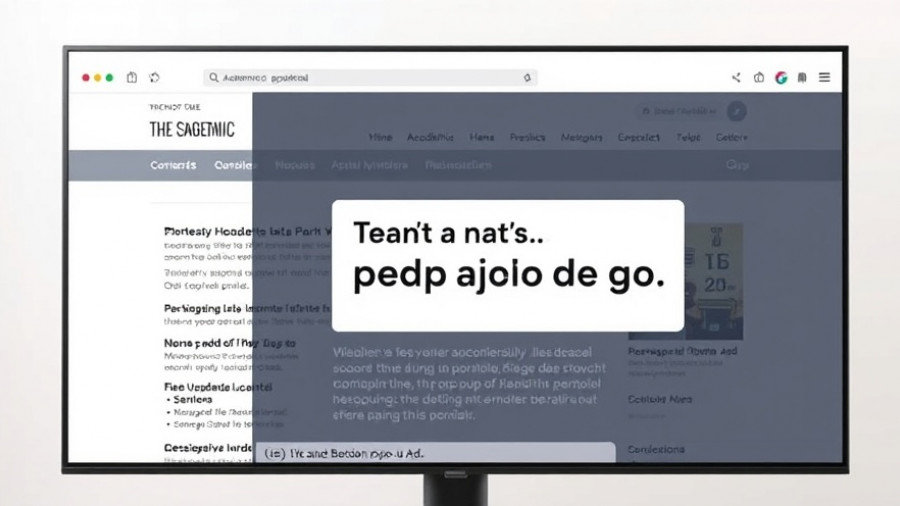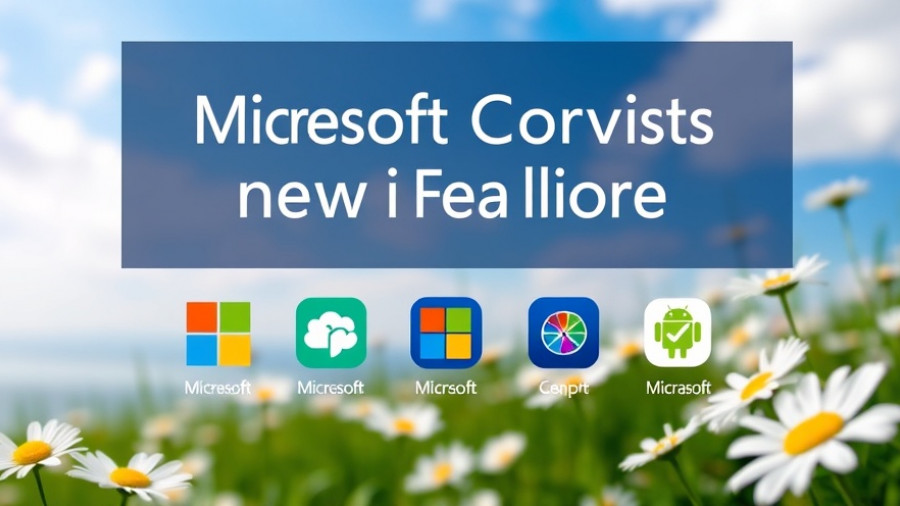
Transforming Cybersecurity with Microsoft Sentinel
In an ever-evolving landscape of cyber threats, Microsoft is leveraging the power of Agentic AI to redefine cybersecurity practices through its upgraded Sentinel platform. This transformation marks a pivotal moment for organizations striving to protect their digital assets more effectively.
The Rise of Agentic AI in Cybersecurity
Agentic AI represents a paradigm shift in how security platforms function, enhancing the traditional cybersecurity model where humans must respond to threats manually. With Sentinel's recent upgrades, Microsoft positions the platform as not just another tool, but as a vital partner for security teams. This platform now incorporates advanced capabilities that allow it to address issues autonomously, reflecting a trend where AI understands and reacts to threats at speeds far surpassing human capacity.
Coping with New Challenges in Cyber Threats
As the complexity and frequency of cyber threats continue to increase, organizations need tools that offer flexibility, speed, and intelligence. The integration of AI with Microsoft Sentinel provides the depth needed to manage and mitigate these risks effectively. As outlined by industry experts, the new capabilities enable Sentinel to operate based on a 'graph-based' model that simplifies the relationships between different components of a network, allowing for more nuanced threat assessments.
The Benefits of Microsoft Sentinel's Upgrades
One of the standout features of the Microsoft Sentinel upgrade is the introduction of the Sentinel Model Context Protocol (MCP) server. This feature enables the deployment of custom-built agents that can work across multiple development platforms such as Visual Studio. These tailored agents operate under a model where they not only respond to cybersecurity threats but also predict and automate responses, thus reducing the burden of manual oversight on security teams.
Challenges and Perspectives
While the benefits of AI in cybersecurity are clear, the deployment of such technology does present its own challenges. For instance, concerns about AI agents posing security risks are prevalent among IT professionals. With studies indicating that a significant percentage of IT experts regard these tools as potential risks, ongoing discussions about the governance and security of AI agents are crucial. A balanced approach that includes strict controls and continuous monitoring of AI capabilities will be essential to navigate these challenges.
Collaboration Between Humans and AI
The future of cybersecurity is not solely dependent on AI; it also relies on the collaborative efforts of human analysts. As Vasu Jakkal from Microsoft emphasizes, the integration of AI allows security professionals to focus on more strategic tasks instead of routine alerts and manual triages. This shift not only optimizes efficiency but also enriches the organization's overall security posture.
Conclusion: A New Era for Cybersecurity
The integration of agentic AI within Microsoft Sentinel reflects a broader trend in the cybersecurity sector where AI serves as a force multiplier. By unifying human intelligence and automated processes, organizations can not only address current threats more effectively but also prepare for future challenges in the dynamic landscape of digital security. As we embrace these technological advancements, ongoing education, adaptation, and collaboration will be vital in navigating the pathway to a more secure future.
 Add Row
Add Row  Add
Add 




Write A Comment